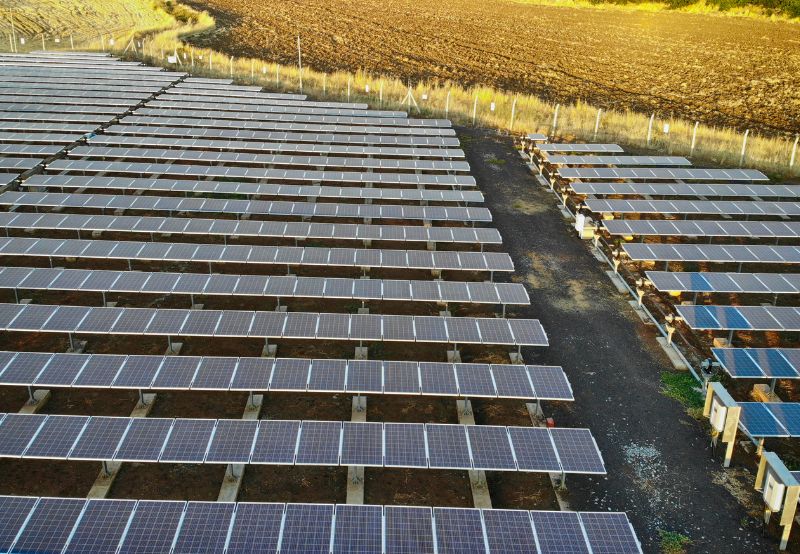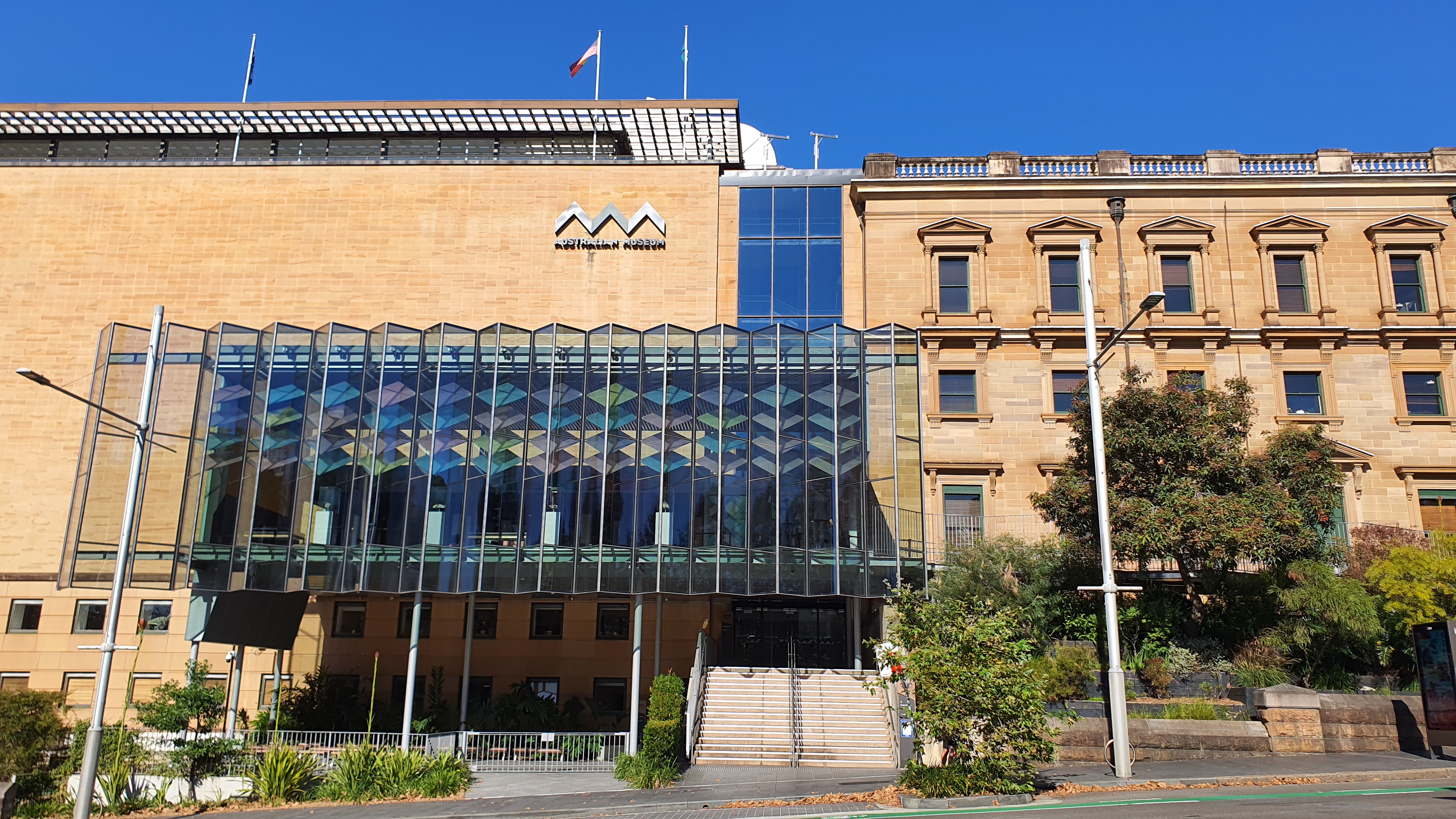Tropical mammals residing even in protected areas are not safe from the impact of human activities happening outside their boundaries, new research has found.
Anthropogenic stressors such as habitat fragmentation, human population density and others impacted 159 mammals in 16 protected areas in different biogeographic locations around the world, the decade-long study found.
The research was conducted by scientists from the Norwegian University of Life Sciences, Norway; Rice University, the United States and Wageningen University & Research, Netherlands and published in the journal Nature Ecology and Evolution on June 26, 2023.
The protected areas that were studied included Udzungwa Mountains National Park, Tanzania; Pasoh Forest Reserve in South East Asia; Bwindi Impenetrable National Park in Uganda; Yasuni National Park in South America; Caxiuana National Forest, Brazil; Cocha Cashu-Manu National Park in Peru and Korup National Park in Cameroon, among others.
The researchers used images from over 1,000 sites using trap cameras for over 10 years. They found that mammals such as jaguars, mountain gorillas and Sunda pangolins were impacted by anthropogenic activities despite living in deep forest reserves.
For instance, the jaguar is highly persecuted “due to retaliatory hunting and the depletion of its main prey in areas accessible to humans,” the study said. Some animals were heavily affected by deforestation, which resulted in habitat fragmentation, it added.
The study found three key findings. The first finding was that the probability of a site being occupied by a specialist species — which occupy specific habitats only — depended on the availability of forest area in protected areas and habitat fragmentation inside and outside the protected areas.
Generalist species, which are able to live in more diverse habitats, have a higher chance of survival near the edge of protected areas with low landscape scale and less human population density, the researchers further found.
And thirdly, the habitat specialists were highly vulnerable to habitat loss due to anthropogenic pressures with different variations.
Significant human activities and population density outside the protected areas also threatened the survival and lives of the protected species, the study further said.
Generalist species had more chances of survival at the edge of protected areas with less human population, the researchers suggested. For example, wild boars benefit from croplands where they can access food resources.
However, the effect of distance to the edge of protected areas on survival aspects varied, as generalists had better survival chances at the core than at the edges of protected areas in regions with high human population density.
The case was observed for heavily hunted species such as the Central American agouti or the Abbott’s duiker (Cephalophus spadix).
The generalist species also indicated strong variation. For example, northern tamandua (Tamandua mexicana) showed a positive response to fragmentation as it enabled easier access to food resources such as ants or termites in habitat fragmented areas.
The study pointed out the strong relationship between socio-cultural beliefs and practises followed by the human population near protected areas.
The researchers found a negative impact of human population density on the colonies of ocelots, a medium-sized wildcat found in central and south America. The species is persecuted for its orange-yellow fur coat marked with black stripes and human-predator conflicts.
Also, they found that sun bear species in Borneo thrived in human-modified forests with reduced hunting pressures.
It was also observed that generalists perform better in diverse habitats that offer a wider range of food and shelter, which are usually available at the edge of protected areas.
However, though species benefit from the diverse habitats that range from dense tropical forests to open agricultural land, these animals become more vulnerable to hunting by humans for their meat, fur or protection against farm animals.
PAs are crucial for the conservation of tropical biodiversity and have the potential to reduce the rate of severe biodiversity declines, the study asserted. However, they comprise a fraction of the landscape and the success of their conservation relied on various anthropogenic stressors acting inside and outside the protected areas.
Anthropogenic stressors in and around these areas are likely to scale up considering the increase in human population, their activities and consumption, the paper added.
“Where possible, it is suggested that protected areas be combined with measures aimed at decreasing large-scale forest fragmentation. For example, by defending and increasing landscape connectivity through habitat restoration,” it stated.




